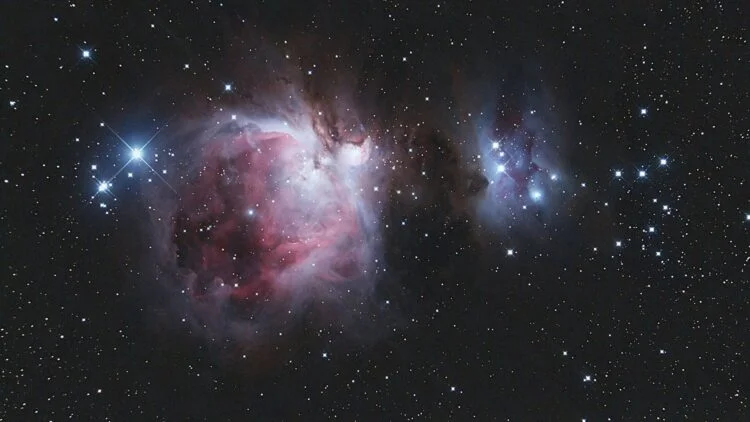
Dark Matter Revolution: Superconductivity Theory Could Redefine the Universe
The mystery of dark matter, the unseen substance that makes up approximately 85% of the universe's mass, may be closer to being solved thanks to a groundbreaking new theory. Physicists are proposing that dark matter's behavior mirrors that of superconductors, materials capable of conducting electricity with zero resistance. This radical idea could rewrite our understanding of the cosmos.
For decades, scientists have known that galaxies spin faster than they should based on their visible mass. This implies the existence of unseen “dark” matter providing the extra gravity needed to hold them together. But what is it made of? A new paper published in Physical Review Letters, spearheaded by researchers like Robert Caldwell from Dartmouth College, suggests a mind-bending answer.
The theory posits that dark matter particles, initially massless like light particles in the early universe, paired up due to quantum properties akin to how electrons behave in superconductors. In superconducting materials, electrons link to become Cooper pairs, and they travel through the substance without losing energy. According to the new theory, the dark matter particles then slowed down, gained mass, and became the invisible force we observe today.
"That's totally antithetical to what dark matter is thought to be – it is cold lumps that give galaxies their mass," Caldwell says. "Our theory tries to explain how it went from being light to being lumps."
The Superconductivity Analogy: The parallel with superconductivity is a key component of the theory. Just as electrons pair up in superconductors, these dark matter particles may have joined forces and lost energy, creating the massive, non-interactive substance scientists are trying to decipher.

Observable Signatures: What makes this theory particularly exciting is that it's testable. This pairing process should leave a distinct imprint in the cosmic microwave background (CMB), the afterglow of the Big Bang. Scientists believe that next-generation CMB measurements could detect these unique signatures, potentially validating this new vision of dark matter.
"The most unexpected part of our mathematical model was the energy plummet that bridges the high-density energy and the lumpy low energy," says Guanming Liang, another researcher involved in the project.
If proven correct, this theory provides an explanation on where the universe's energy went. Furthermore, it will show that dark matter isn’t composed of exotic particles. Rather, it's matter behaving in a common way, but in the vacuum of space.
Implications and Future Research:The link between superconductivity, a phenomenon studied in labs, and dark matter may seem far-fetched, but it represents a potentially revolutionary shift in our understanding of the universe. If confirmed, it would be a major breakthrough, demystifying one of the biggest puzzles in cosmology. If it is demonstrated to be incorrect, this still shows there is room for talking about new ideas.

What do you think about this connection between superconductivity and dark matter? Let us know your thoughts in the comments below. Share this article to spark discussion about this paradigm-shifting theory!